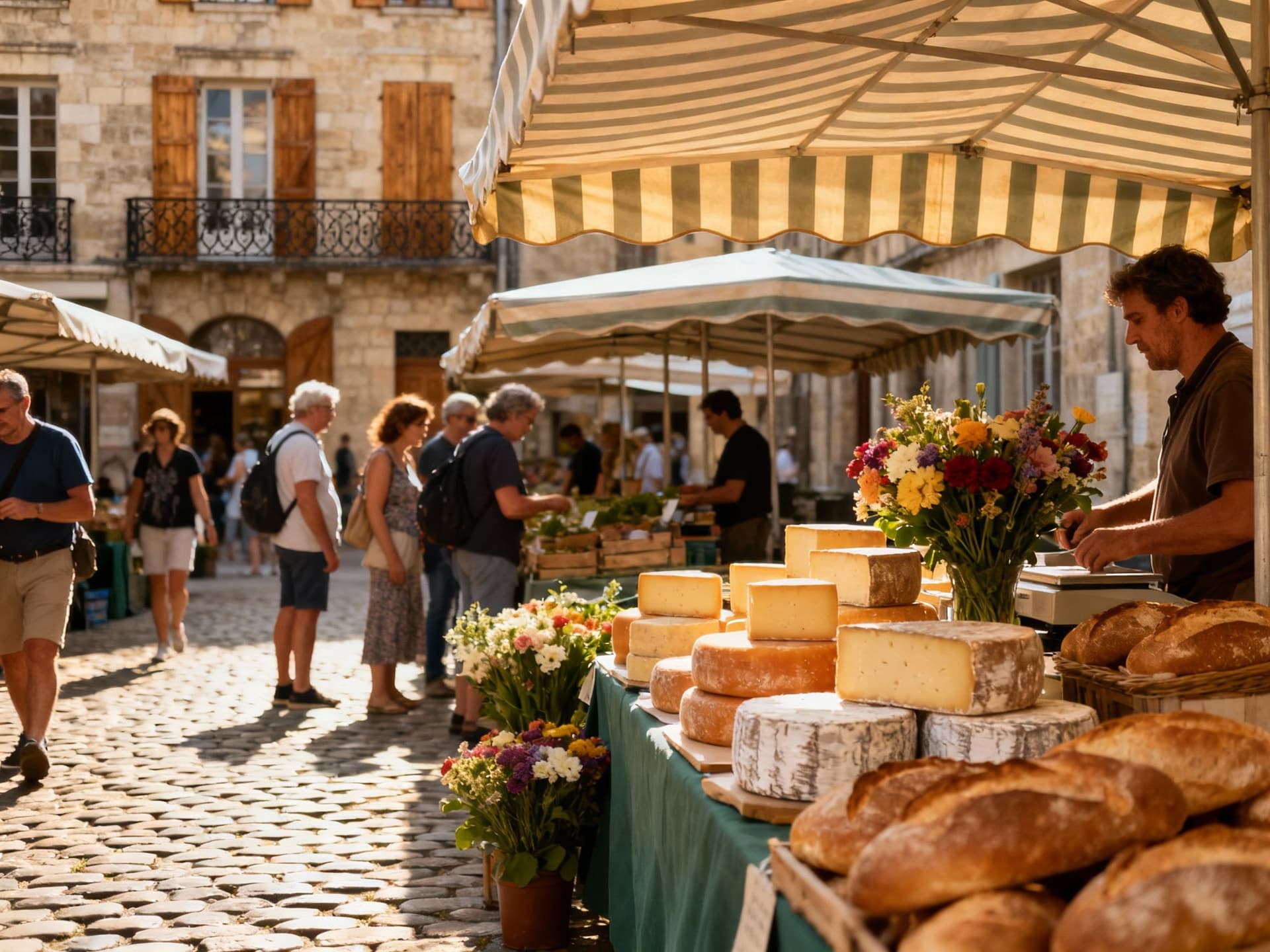France’s Yield Paradox: Why 'Low Returns' Mislead
France’s low-yield reputation hides pockets of higher cash returns; match neighbourhood tempo to property type and use local expertise to convert lifestyle into reliable rental income.
Imagine starting your day with a café au lait on Rue Cler, then walking past a corner boulangerie where the baker knows your name — and knowing your investment returns are working in the background. France feels lived in: terraces, markets, municipal parks and a strong seasonal pulse that shapes who rents and when. That rhythm — weekend markets in Bordeaux, student churn in Lyon, summer short-lets on the Riviera — is the real engine of rental demand. But the headline many investors hear — “France equals low yields” — hides nuances we’ll unpack with numbers and neighbourhood-level sense.
Living the French life — and why it matters to yields

France’s daily life shapes real estate economics: weekday commuters in Île-de-France, university terms in Toulouse and Lyon, and tourist peaks on the Côte d’Azur create distinct demand cycles. Prices softened in 2024 then began stabilising into 2025, according to national statistics, which matters because yield = rent / price — small moves in price or rent change the math for investors. Understanding local tempo — term-time student demand vs. summer holiday surges — is the first step to finding real yield opportunities.
Paris: dense demand, low volatility in prime areas
Paris remains the anchor for international buyers — culturally magnetic and price-dense — where smaller units (studios, one‑beds) often produce the best gross yields because they command high per-metre rents. Citywide price corrections through 2023–24 increased entry points for buyers in some arrondissements; still, rental demand from professionals and students supports stable occupancy. If you prioritise liquidity and long-term capital security over headline yield, central Paris is defensible — but expect gross yields commonly in the mid‑4% range, varying by arrondissement.
Provincial cities: the yield sweet spot
Cities like Marseille, Montpellier and parts of Nantes and Lille routinely show higher gross yields than Paris because acquisition prices are lower while rents remain reasonable. For example, Marseille has been cited among the higher-yielding large cities — a reflection of rental shortages in central districts and lower per‑m2 purchase prices. This is where a disciplined investor finds more attractive cash returns, provided they manage tenant quality and maintenance actively.
- Lifestyle highlights that influence rental demand:
- Rue Cler market strolls and café terraces (Paris) — reliable short-term and professional rental demand.
- Student hubs: Croix-Rousse and Guillotière (Lyon), patrolled rental turnover during term starts.
- Coastal seasonality: Nice and Cannes see summer spikes that support premium short-let rates but require off-season planning.
Making the move: practical considerations that keep the lifestyle real

You buy a lifestyle but rent an income stream. That means matching property type to tenant demand: small central flats for professionals, larger apartments for families near good schools, or seasonal coastal units for holiday lets. Macro dynamics (credit costs, transaction volumes) matter because they change buyer competition and therefore valuation — Le Monde and market reports showed transaction slowdowns and prices adjusting in late 2024. Practical due diligence must layer lifestyle fit over yield math.
Property styles and what they deliver
Haussmannian flats in central Paris sell secure cashflow and tenant demand but bring high acquisition cost per m2 and sometimes strict co‑ownership charges. New-build programmes (neuf) offer modern systems and lower maintenance risk yet often have rent caps or lower initial yields. Renovation projects in provincial centres can lift gross yields materially if you control costs and time the works outside peak letting seasons. Match the property’s physical attributes to the tenant profile for the area; that’s the single most decisive factor for net yield.
Working with local experts who know both life and numbers
- Steps local agents and managers help with:
- 1. Defining tenant archetypes by neighbourhood — students, commuters or tourists — and forecasting seasonality.
- 2. Calculating realistic net yields: include co-pro charges (charges de copropriété), local taxes and management fees — not just headline rent.
- 3. Advising on permitted short-term letting rules (many cities restrict tourist lets) and the paperwork needed to avoid fines.
Insider knowledge: real expat trade-offs and contrarian moves
Expats often assume Paris is either too expensive or the only secure bet. The contrarian investor sees diversified opportunities: buy smaller units in Paris for capital resilience, and take selective provincial value where gross yields run higher. Data from national statistics shows provincial prices stabilising and even rising into early 2025, which shifts the yield equation by compressing acquisition discounts. The smarter play is a mixed approach: liquidity in major nodes, yield in secondary cities where demand fundamentals are intact.
Cultural integration: how being local boosts returns
Learn the cadence of the neighbourhood: market days, municipal parking rules, and garbage collection schedules all influence tenant satisfaction and turnover. Speaking basic French or hiring a bilingual manager reduces vacancy and avoids miscommunications that cascade into maintenance costs. Expat owners who integrate — use local shops, register with the mairie — often see smoother tenant relationships and fewer administrative surprises.
Long-term lifestyle sustainability and portfolio thinking
France rewards patience: capital appreciation has been uneven across regions but resilient over decades, making it a useful stabiliser in a diversified portfolio. If you expect seasonal rental spikes, build conservative off-season occupancy assumptions into cashflow models. Consider splitting capital between an income-first provincial asset and a liquidity-focused Paris unit to balance cash returns and capital preservation.
- Red flags to watch (lifestyle + cashflow)
- Heavy co-ownership charges in older Paris buildings that erode net yield.
- Municipal short-term letting bans in some city centres; verify local regulations before relying on Airbnb income.
- Underestimating seasonal vacancy on the coast — summer income can mask winter gaps.
Conclusion — love the life, measure the numbers, act with local support. France offers a split personality: cultural magnetism and predictable demand in some nodes, higher-yield risk in others. Use neighbourhood rhythms (markets, universities, tourism seasons) to match property type to tenant profile. Work with local agents and managers who translate lifestyle into cashflow, and treat France as a portfolio component: not a single bet but a set of tactical allocations.
Danish relocation specialist who moved to Cyprus in 2018, helping Nordic clients diversify with rental yields and residency considerations.


